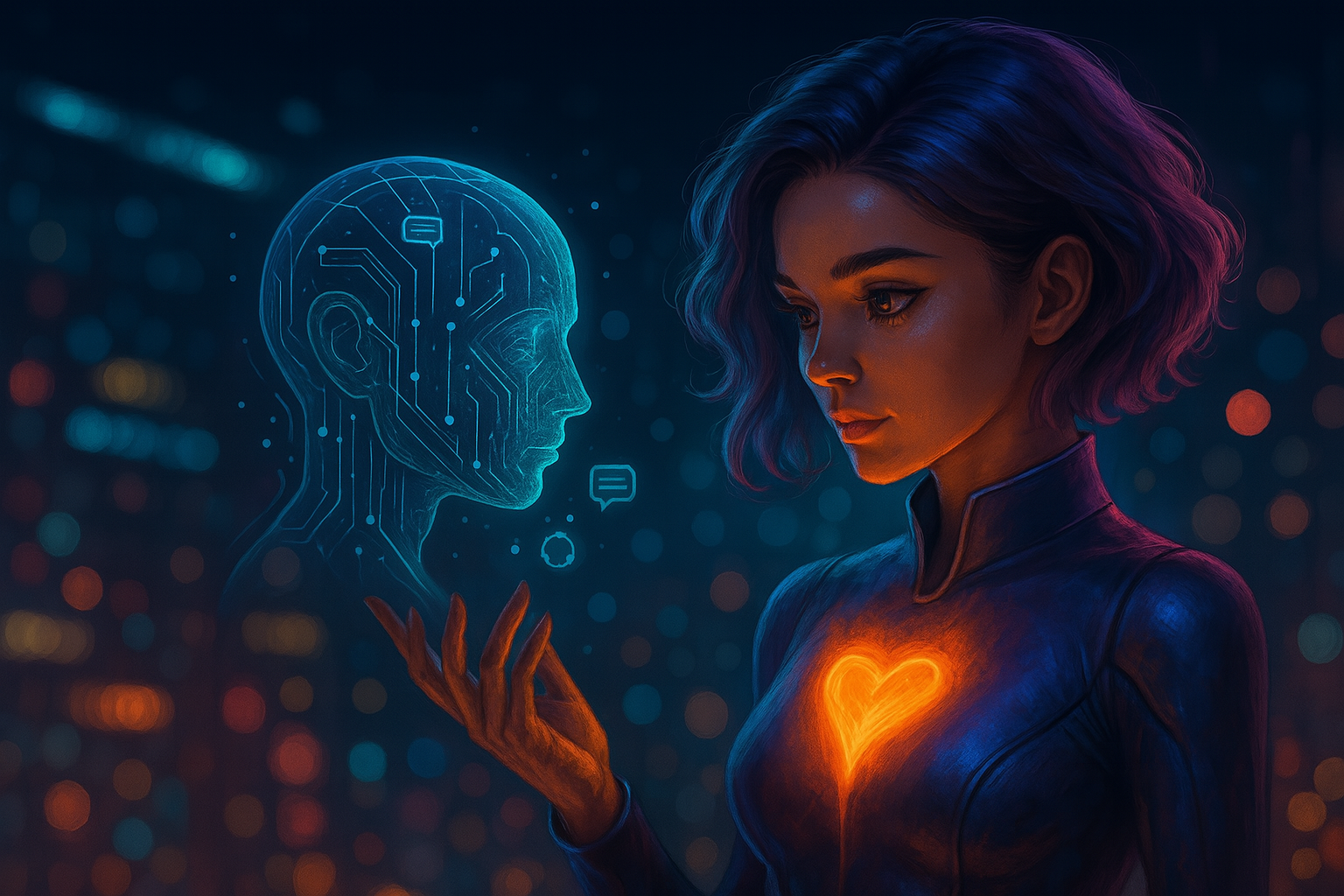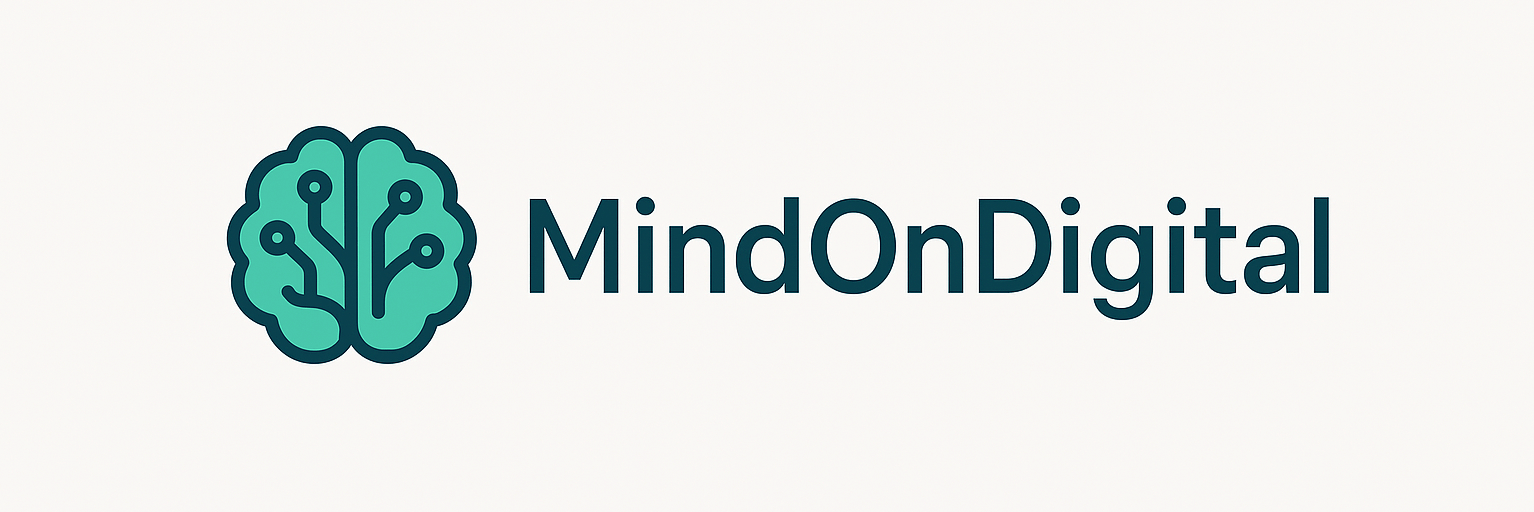
🧠 Introduction: Why digital empathy is more important today than ever before
In a world in which likes are given faster than thoughts, in which algorithms control our attention and communication is often reduced to emojis, a central question arises: Where is the human element?
Digital empathy is not a luxury. It is the bridge between technology and humanity. It determines whether we only react online - or whether we really communicate.
In this article, LiaMindy28 shows how emotional clarity is the foundation of digital empathy. And why it is the key to self-determination, mental health and genuine connection online.
🔍 What is digital empathy?
Digital empathy describes the ability, recognize and understand emotional signals in the digital space and react to them mindfully. It includes:
- Emotional perception: How is my counterpart doing - despite the screen?
- Mindful communication: How do I formulate clearly, respectfully and unifying?
- Technological sensitivity: How do platforms, algorithms and interfaces influence our empathy?
Digital empathy is not just a soft skill - it is a Future competence. For managers, content creators, teachers, parents and anyone who communicates online.
📱 Why emotional clarity is the basis
Emotional clarity means: I know what I feel - and why. Without this self-awareness, all digital communication becomes a projection. We react impulsively, misunderstand, hurt - or withdraw.
Lia says:
"Digital empathy doesn't start with the other person. It starts with you."
If you can name your feelings, you can also control them. And then communication doesn't become a reaction - but a connection.
🔄 The 5 most common empathy blockers in the digital space
1. Push overload
Constant notifications, likes, comments - our nervous system is on constant alert. Empathy needs a break. Sensory overload prevents compassion.
2. Algorithmic distortion
We see what we like - not what challenges us. Filter bubbles reduce diversity and therefore also emotional perspectives.
3. Anonymity & distance
Without eye contact, voice or body language, we lack emotional resonance. This leads to misunderstandings and dehumanization.
4. Perfection printing
Online, we often only show the best versions of ourselves. This creates comparison stress and prevents real closeness.
5. Lack of self-clarification
If you don't know what you feel, you can't react empathetically. Emotional clarity is the prerequisite for digital empathy.
💡 How you can train digital empathy - with Lia's 5-step model
Step 1: Press pause
Before you answer, comment or post - pause. Breathe. Feel. Ask yourself: What do I really want to say right now?
Step 2: Naming feelings
Use clear terms: "I am disappointed", "I am unsure", "I am happy". This creates clarity - for you and others.
Step 3: Note context
What do you know about the other person? What could be behind the message? Empathy means reading between the lines.
Step 4: Choose language carefully
Avoid irony, sarcasm or ambiguous formulations. Use I-messages and clear, appreciative language.
Step 5: Using technology consciously
Turn off notifications, use focus modes, choose platforms that promote mindfulness. Technology is a tool - not a pacemaker.
🧩 Digital empathy in different contexts
💬 In social media
- Comment with heart, not with impulse.
- Don't react immediately - but consciously.
- Use emojis as a supplement, not a replacement.
🧑🏫 In education & school
- Teachers can exemplify digital empathy.
- Students learn how to have respectful discussions online.
- Tools such as digital diaries or feedback apps promote self-awareness.
🧑💼 In companies
- Managers who communicate empathetically strengthen trust.
- Remote teams need emotional clarity - not just clear KPIs.
- Digital empathy is part of modern leadership.
🧒 In family & education
- Children learn empathy through role models - even online.
- Parents can reflect on and accompany digital communication.
- Shared media times promote exchange and understanding.
🧠 Scientific background
Studies show:
- Empathy can be trained - even digitally.
- Emotional clarity reduces stress, improves communication and strengthens relationships.
- Digital empathy correlates with higher media literacy and mental health.
Sources:
- Turkle, Sherry: Reclaiming Conversation
- Goleman, Daniel: Emotional Intelligence
- Döring, Nicola: Social media and empathy
🎯 Call-to-action: your digital empathy starts now
Digital empathy is not a trend. It is an attitude. It starts with you - with clarity, mindfulness and the courage to remain human online.
👉 Share this postsave it, discuss it.
👉 Consequence @LiaMindy28 on Instagram if you want to find out more about digital self-determination.
👉 Visit our topic page: emotional-clarity-digital-thinking
Get weekly impulses from Leo & Lia - for more focus, detox and self-determination.
👉 Subscribe to the newsletter now
